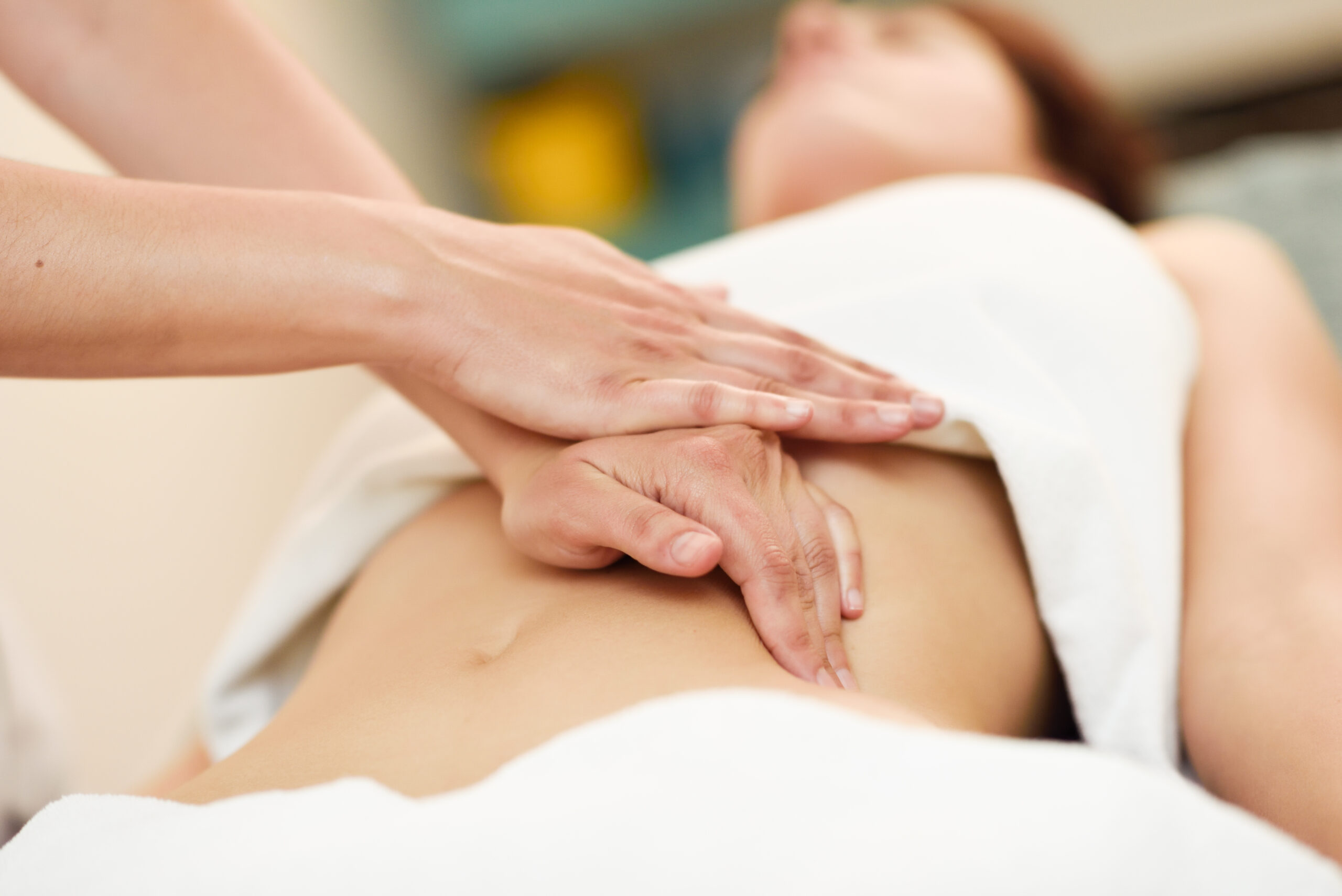Let’s consider how kinesiology and reflexology can help alleviate stress, anxiety, and symptoms of menopause through various approaches, explore their holistic benefits and look at studies supporting both practices.
Kinesiology
Kinesiology combines principles of traditional Chinese medicine and muscle monitoring to assess and correct imbalances in the body. It can help reduce stress, anxiety, and menopause symptoms through:
- Balancing Energy Pathways: Kinesiology works on balancing the body’s energy meridians, similar to acupuncture. By ensuring that energy flows smoothly, it can help reduce stress and anxiety.
- Emotional Release: Kinesiology techniques often include identifying and releasing emotional blocks. This process can help address underlying emotional issues that contribute to anxiety and stress.
- Muscle Testing: Muscle testing is used to identify areas of imbalance or stress in the body. By correcting these imbalances, kinesiology can promote relaxation and improve overall well-being.
- Hormonal Balance: Through its holistic approach, kinesiology can support the endocrine system, potentially alleviating symptoms of menopause such as hot flushes, mood swings, and sleep disturbances.
History of Kinesiology
Kinesiology, as a therapeutic practice, was developed in the 1960s by Dr. George Goodheart, a chiropractor. He integrated concepts from chiropractic, osteopathy, and Chinese medicine to create a system that uses muscle testing to diagnose and treat imbalances in the body. This method, known as Applied Kinesiology, has since evolved and expanded, with various branches such as Educational Kinesiology and Energy Kinesiology emerging over the years.
Studies Supporting Kinesiology
- A study published in the Journal of Alternative and Complementary Medicine found that kinesiology-based interventions could significantly reduce participants’ perceived stress levels.
- Research in the International Journal of Psychophysiology indicated that muscle testing in kinesiology could accurately reflect psychological and physiological states, validating its use as a diagnostic tool.
Reflexology
Reflexology involves applying pressure to specific points on the feet, hands, or ears, which correspond to different organs and systems in the body. It can help reduce stress, anxiety, and menopause symptoms through
- Relaxation Response: Reflexology induces a deep state of relaxation, which can lower stress hormones such as cortisol. This relaxation can significantly reduce anxiety levels.
- Improved Circulation: Reflexology stimulates reflex points to enhance blood flow and improve circulation. This can help alleviate physical symptoms of stress and menopause, such as headaches and fatigue.
- Hormonal Regulation: Reflex points related to the endocrine system can be stimulated to promote hormonal balance. This can help mitigate menopausal symptoms like hot flushes and night sweats.
- Pain Relief: Reflexology can help manage pain and discomfort, which reduces stress and improves the quality of life for those experiencing menopause-related aches and pains.
- Enhanced Mood: By promoting relaxation and reducing physical symptoms of stress, reflexology can improve overall mood and emotional well-being, which is particularly beneficial for managing anxiety and mood swings during menopause.
History of Reflexology
Reflexology has ancient roots, with evidence suggesting its practice in ancient Egypt, China, and India. Modern reflexology was developed in the early 20th century by Dr. William H. Fitzgerald, an American ear, nose, and throat specialist. He introduced the concept of “zone therapy,” which later evolved into reflexology as we know it today. A nurse and physiotherapist, Eunice Ingham further refined and popularised the practice in the 1930s, mapping the reflex points on the feet and hands to corresponding body parts and organs.
Studies Supporting Reflexology
- A study published in the Journal of Clinical Nursing found that reflexology significantly reduced anxiety and improved the quality of life in menopausal women.
- Research in the Complementary Therapies in Medicine journal showed that reflexology could effectively reduce pain and improve mood in patients with chronic illnesses, supporting its use for stress and anxiety relief.
Holistic Approach
Both kinesiology and reflexology take a holistic approach to health, addressing the body, mind, and spirit. This holistic perspective is particularly beneficial for managing stress, anxiety, and menopause symptoms, as it considers all aspects of a person’s well-being.
Combining Kinesiology and Reflexology
When combined, kinesiology and reflexology can offer a comprehensive approach to managing stress, anxiety, and menopause symptoms. Kinesiology’s focus on energy balance and emotional release, paired with reflexology’s relaxation and physical relief, can synergistically lead to more effective and holistic care.
Practical Tips
- Regular Sessions: Consistent sessions can help maintain balance and manage symptoms effectively.
- Qualified Practitioners: Seek well-trained and experienced practitioners in kinesiology and reflexology to ensure safe and effective treatment.
- Self-Care Practices: Incorporate self-care practices such as deep breathing, meditation, and a balanced diet to complement the benefits of these therapies.
Conclusion
Kinesiology and reflexology can be valuable tools in promoting overall health and well-being by addressing the physical and emotional aspects of stress, anxiety, and menopause. These therapies, grounded in ancient practices and supported by modern research, offer a holistic and comprehensive approach to improving quality of life. Whether used individually or in combination, kinesiology and reflexology provide effective and natural ways to manage the multifaceted challenges of stress, anxiety, and menopause.
